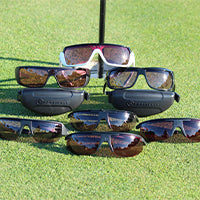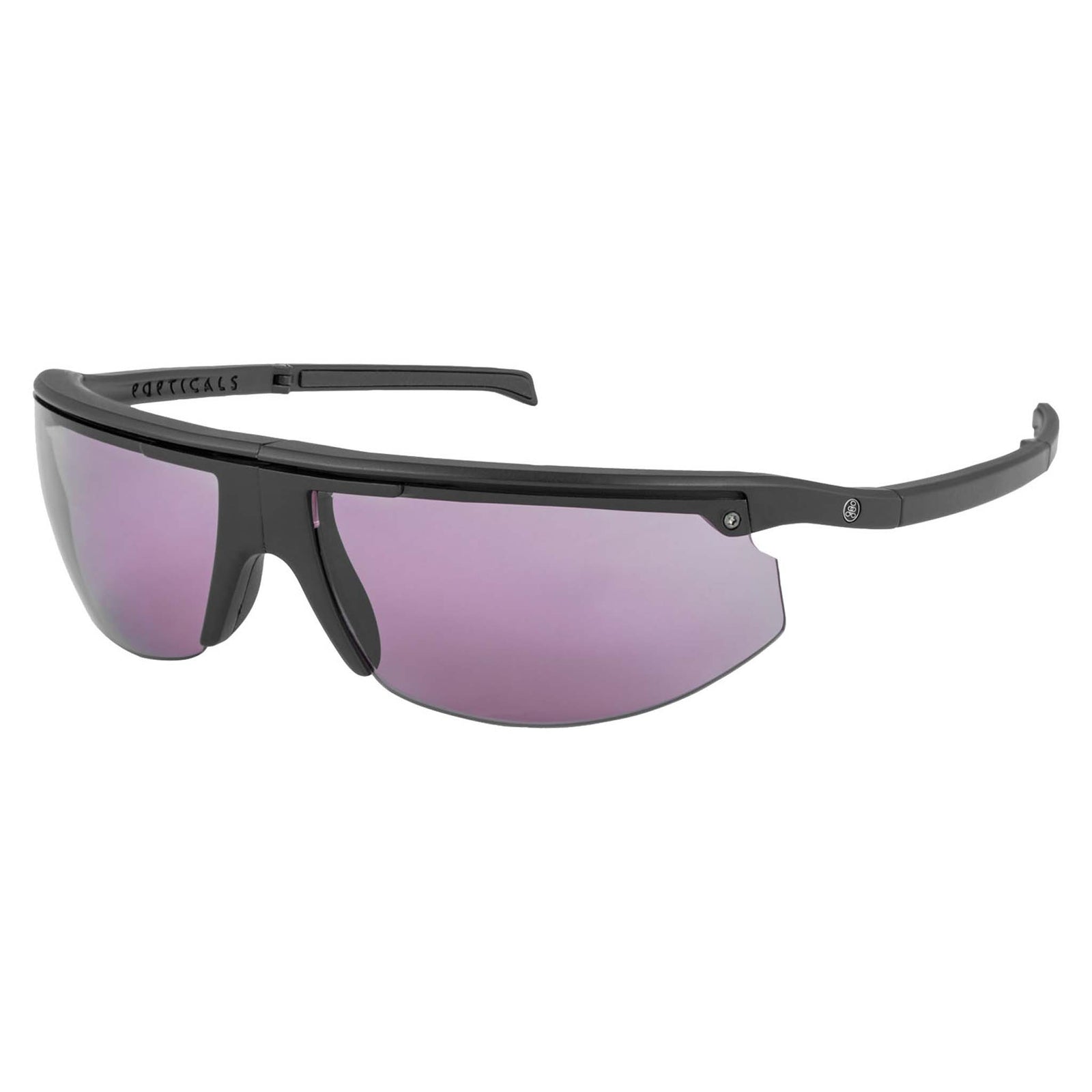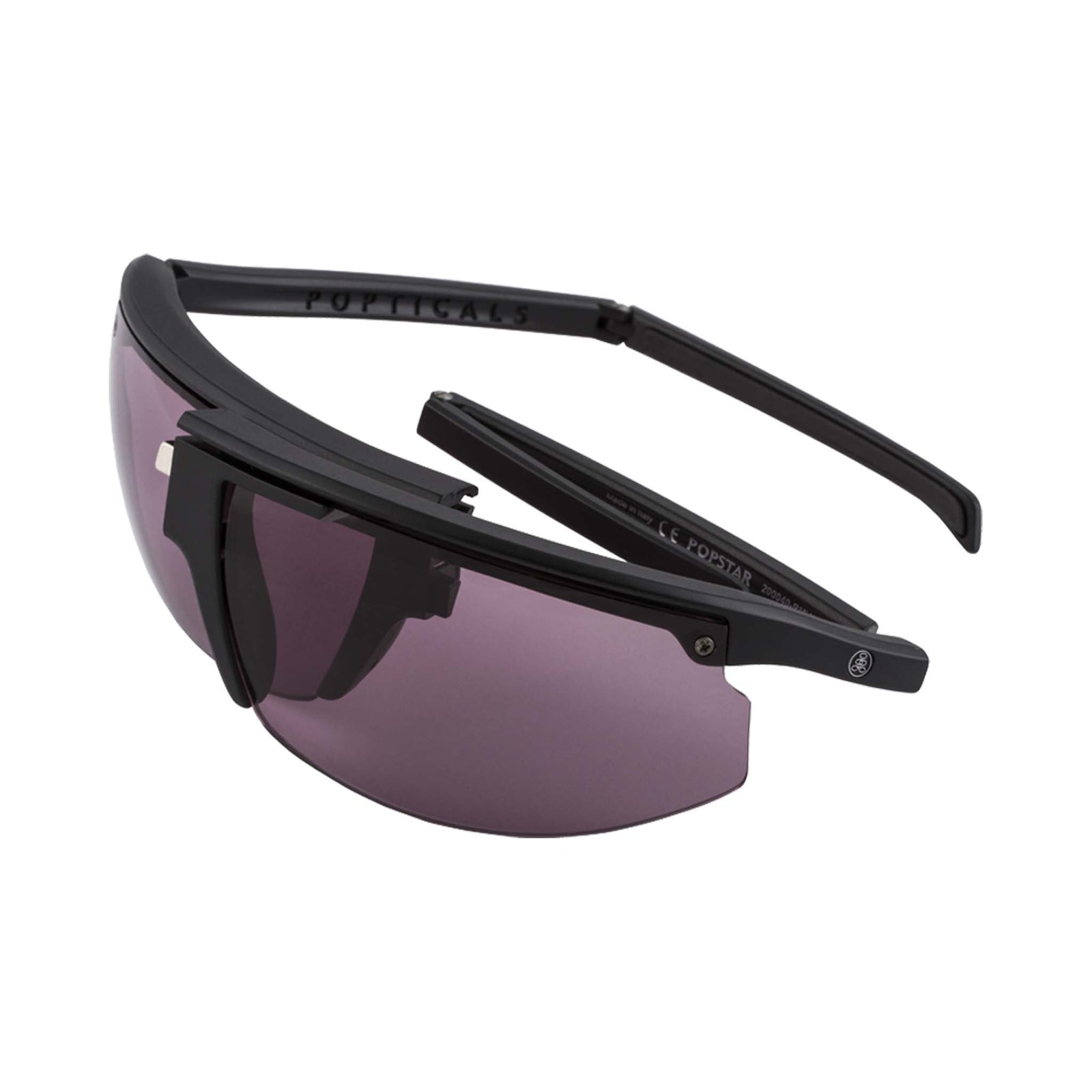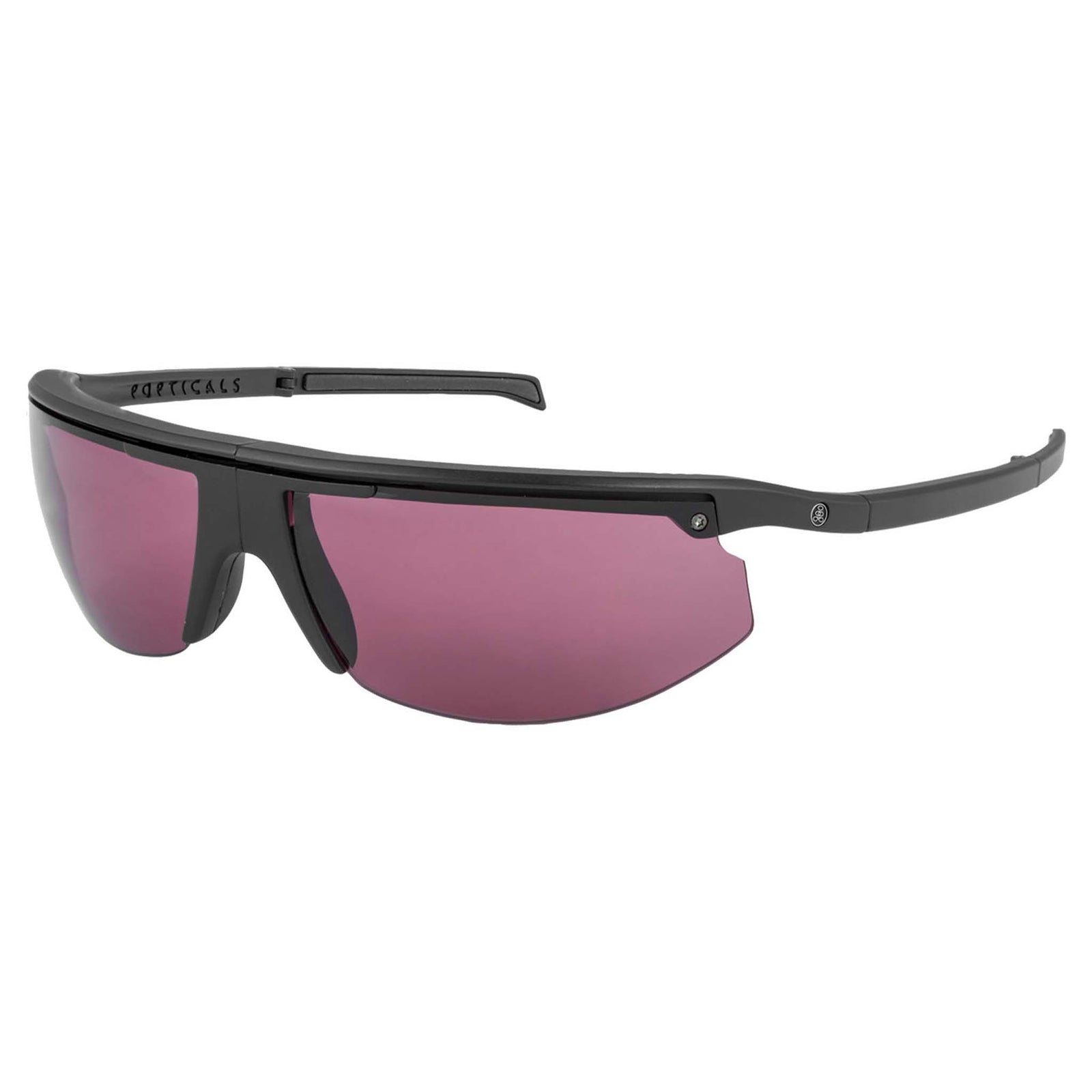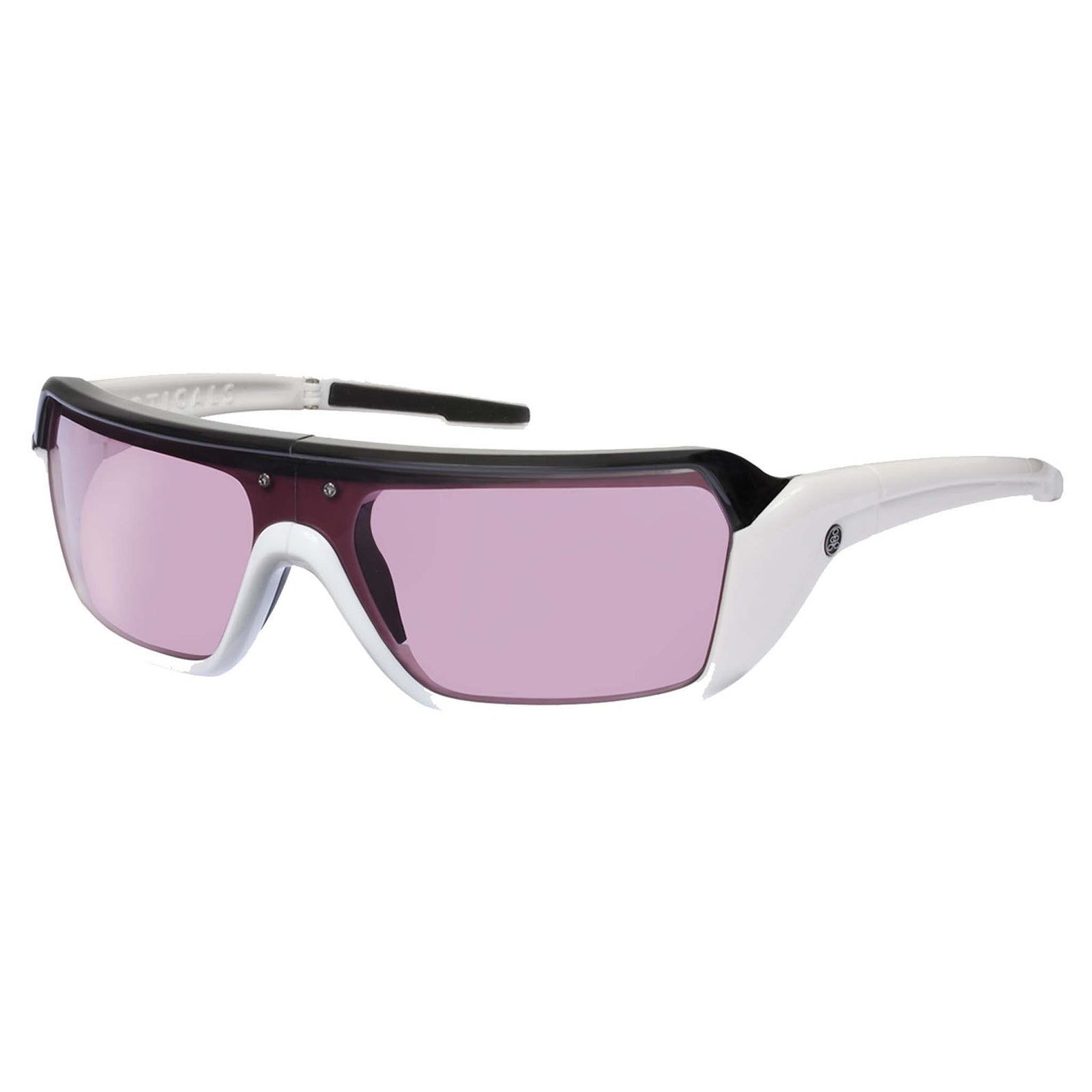SHOP SUNGLASSES
NYDEF® Golf
MORE
Enhancing Your Golf Game: The Impact of Sunglasses on the Course
by Popticals 5 min read

Inside this Article:
Visual skills and perception don't always come to mind when golfers think about what could help them play better and lower their scores.
Golfers typically focus on enhancing their physical skills to achieve better swing mechanics, consistently starting putts on their intended lines with the correct speed, and maintaining peak stamina throughout an entire round of golf.
Although all of those factors are critical, golfers, like other top athletes in the world, should also focus on making sure they are visually ready to go play their best. Sunglasses–the right sunglasses– are a tool that can help them instantly improve their visual function.
Visual Skills are Not Inherited - They are Trained
Visual skills in sports are not inherited traits. They are capabilities that can be developed and nurtured through intentional training, not unlike the way muscle strength and endurance are cultivated.
Renowned athletes including Steph Curry, Michael Jordan and Tiger Woods exemplify exceptional hand-eye coordination and visual acuity in their respective sports. Contrary to being innate, their elite depth perception and visual abilities are the result of years of dedicated practice, adaptation, intense concentration, and focus during training sessions.
Dr. Craig Farnsworth, "The Putt Doctor", an optometrist and putting coach for PGA Tour players, and golfers of all levels, explains:
Building a Strong Visual Routine For Golf
Establishing a robust visual routine is paramount in the process of visual training for golf. According to Dr. Farnsworth, to enhance depth perception, players should repetitively and intently survey each shot, with a routine that moves their eyes repetitively from your spot on the course to your intended target. You should visualize how you see the ball flight - high, low, draw, fade - picturing and visual rehearsing the perfect shot.
Once on the green, you should adopt a side view when assessing putts while also leaving their ball on the green. Consistently moving their eyes from the ball to the hole and then back from the hole to the ball provides a more accurate judgment of distance, that will be refined over time by intentional and rigorous application
Repetition reinforces the neural pathways involved in visual processing, contributing to skill enhancement.
WHY WEAR SUNGLASSES?
Wearing the right sunglasses on the golf course serves as a valuable component of this routine, contributing to increased visual endurance. Sunglasses help to prevent visual fatigue caused by prolonged exposure to the sun and wind, particularly from squinting. Sunglasses can play a role in supporting a proper routine, enabling players to maintain focus for extended periods. This contributes to the gradual progression of visual skills over time.
The right golf sunglasses can also contribute immediately to a golfer’s game. Properly tinted, they can reduce the saturation of the color green, which without proper sunglasses can obscure a golfer’s perception of course contours and the slope and break patterns of putting surfaces.
Dr. Farnsworth says::
Acknowledging the inherently visual nature of golf, he underscores the role of sunglasses in facilitating both the progressive development of visual skills and their immediate impact on a golfer’s perception and interpretation of the course. So why don’t we see more professional golfers wearing sunglasses?
Dr. Farnsworth indicated that the tour and its top players historically worried that wearing sunglasses might reduce players’ perceived individuality and their recognition by the millions of fans who follow the sport. This, he notes, has started to change in recent years as some of the game’s top professionals regularly don sunglasses on tour.
Key Takeaways
Visual Skills are Critical
Golfers typically prioritize physical skills for better performance, often neglecting the significance of visual skills and perception. To play at their best and lower scores, golfers should recognize the importance of being visually prepared and trained.
Visual Skills are Not Inherited, but Trained
Contrary to common belief, visual skills in sports, including golf, are not inherited traits. They can be developed through intentional training, similar to the cultivation of muscles. Renowned athletes exemplify that elite visual abilities result from dedicated practice, adaptation, and focus during training.
The Right Sunglasses Provide Instant Visual Improvement
The right sunglasses are a valuable tool that can instantly enhance visual function. They contribute to visual endurance, impacting how a golfer feels throughout the entire round; enable a higher level of focus; and, when properly tinted, reduce the saturation of the color green that can obscure course contours and the slope and break patterns of putting surfaces.
Dr. Craig Farnsworth's Insights
Dr. Farnsworth, an eye doctor and putting coach, emphasizes that professional athletes' visual skills are not inherited but refined through relentless practice and repetition.
Building a Strong Visual Routine in Golf
Establishing a robust visual routine is crucial for training visual skills. Repetition, intensive visual assessment of shots, and specific perspective on the green, engage vision as an indispensable tool for golfers.
Sunglasses in Visual Routine
Wearing the right sunglasses on the golf course supports a strong visual routine by preventing visual fatigue from sun exposure. Reduced fatigue enables players to maintain focus for extended periods, facilitating the gradual progression of visual skills.
Appreciating the Challenges of Golf
Dr. Farnsworth stresses the importance of proper sunglasses, stating that they give players' eyes a better chance to appreciate and take on the visual challenges of golf.
Use of Sunglasses Accelerating
While the tour and its professionals once thought that sunglasses would obscure players’ individuality and recognition among fans, this is changing as many more pros wear sunglasses on tour. The reason is simple – there is no reason not to deploy something that can immediately improve a golfer’s visual endurance and interpretation of the golf course.
Also in NYDEF® Golf
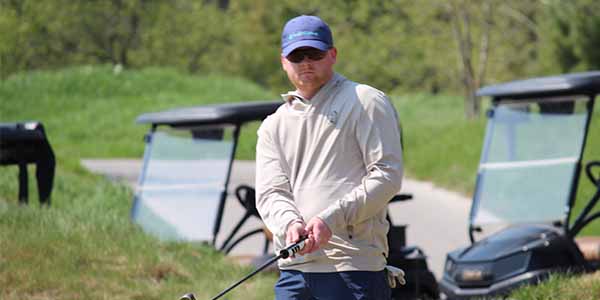
How Sunglasses Affect Your Read: The Science Behind Green Contrast
by Popticals 2 min read
Discover how NYDEF® Golf sunglasses enhance green contrast, improve putt reads, and reduce strokes. See the game differently with Popticals.

Why NYDEF® Golf is Ideal for Golfers with Cataracts or Post-Surgery Vision
by Popticals 1 min read
NYDEF® lenses offer crystal-clear optics for golfers with cataracts or implants—enhancing clarity, comfort, and course confidence.
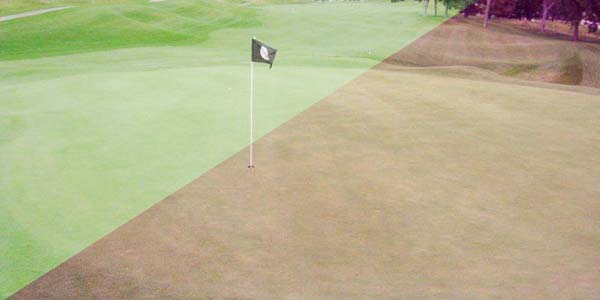
Golf Sunglasses - Choosing The Correct Lens Color
by Popticals 6 min read


